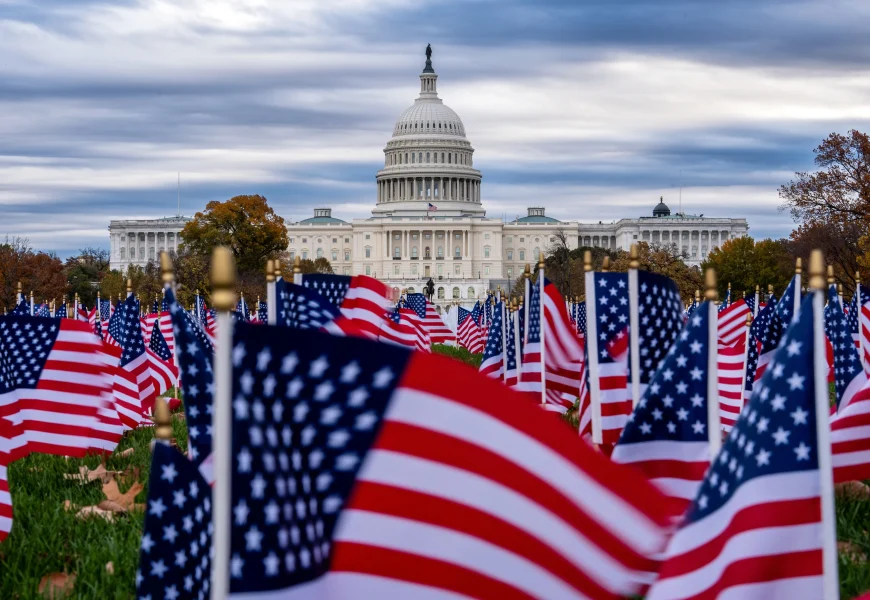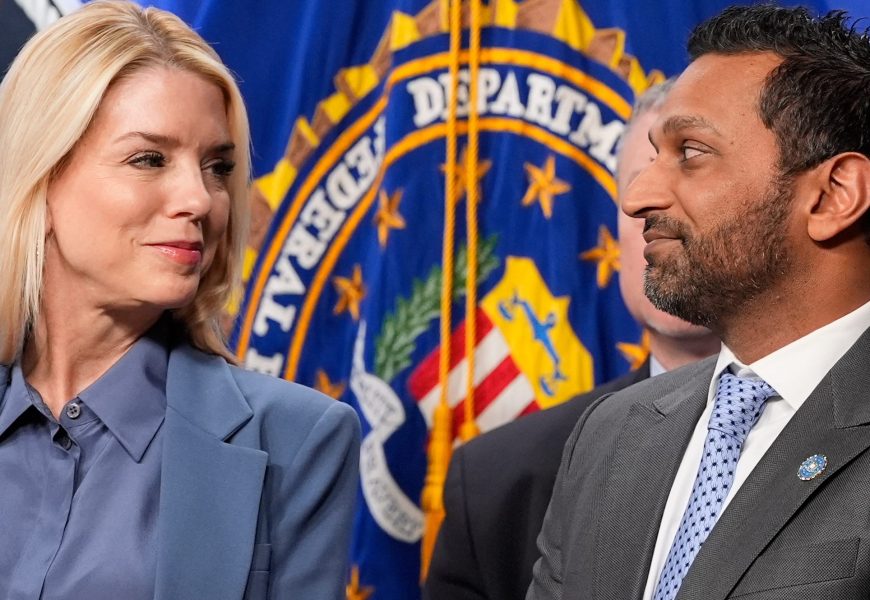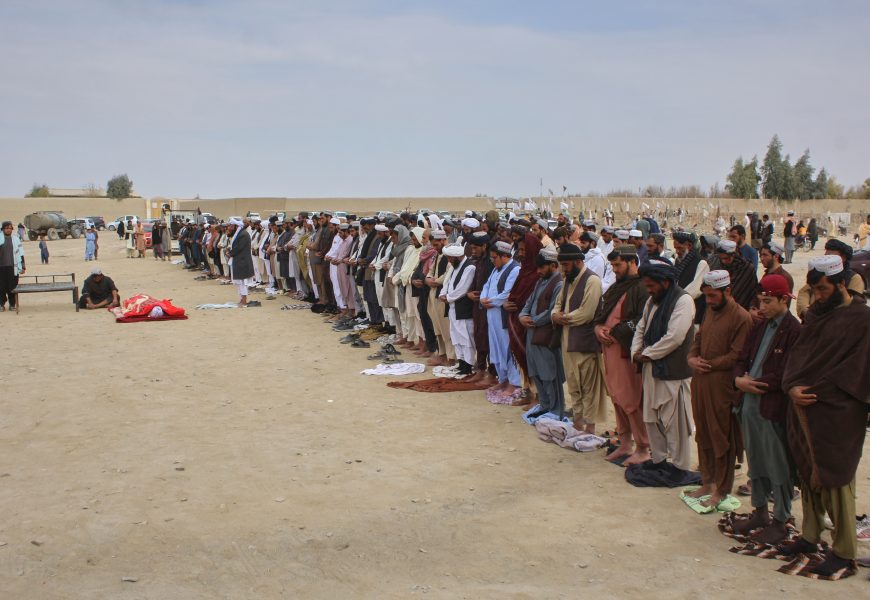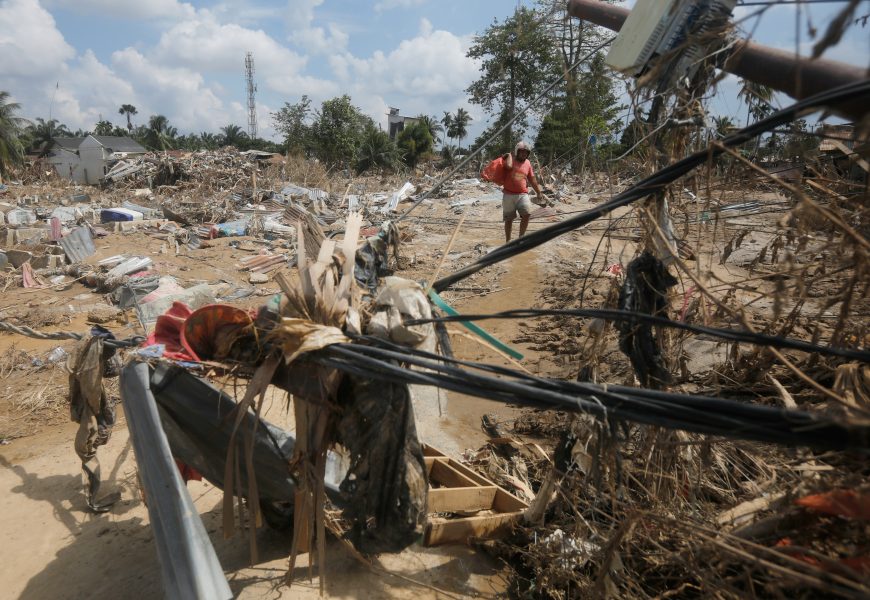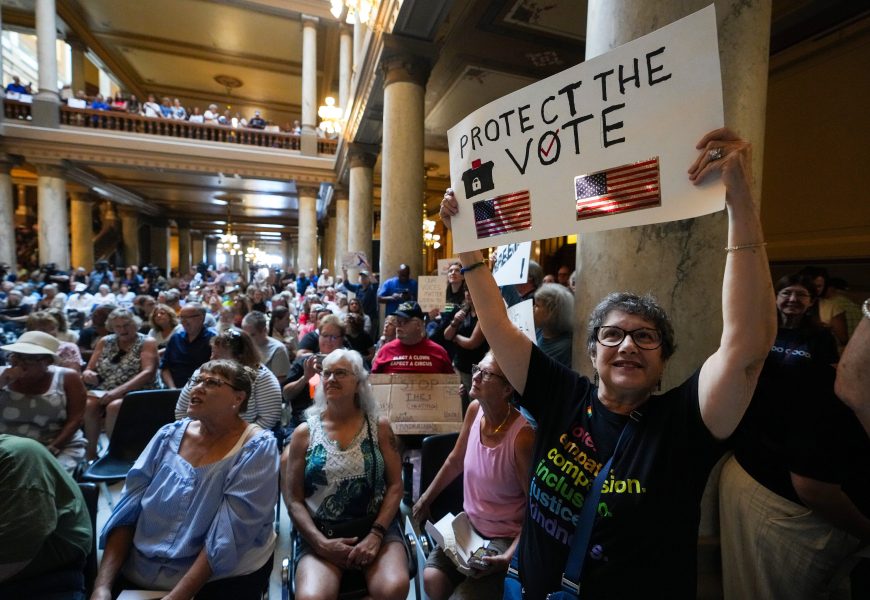WASHINGTON (AP) – The six-week government shutdown that came to an end late Wednesday will be another drag on an economy already facing many challenges, though the full impact will take months to measure.
The unprecedented government shutdown will weigh on a US economy already under stress
WASHINGTON (AP) – The six-week government shutdown that came to an end late Wednesday will be another drag on an economy already facing many challenges, though the full impact will take months to measure.
About 1.25 million federal workers haven’t been paid since Oct. 1. Roughly 10,000 flights have been cancelled since last week and disruptions will continue, the officials say, even as air traffic controllers return to work. Government contract awards have slowed and many food aid recipients have seen their benefits interrupted.
Most of the lost economic activity will be recovered when the government reopens, as federal workers will receive back pay. But some canceled flights won’t be rebooked, many canceled restaurant reservations won’t be made again, and some postponed purchases will never happen.
The shutdown also cut off the flow of economic data on jobs, inflation, and consumer spending, which could lead the Federal Reserve to skip what had been an expected interest rate cut at its next meeting in December.

